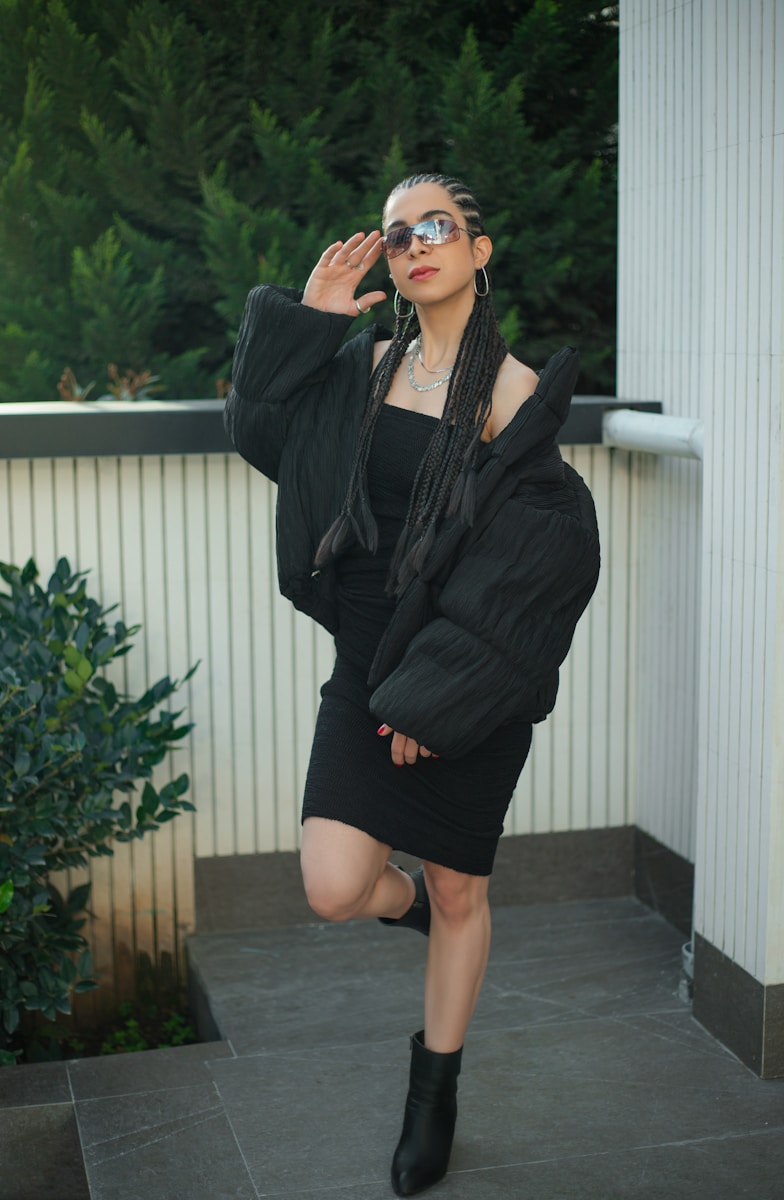Introduction: A Clash That Works
Fashion thrives on tension. Some of its most memorable looks come not from harmony but from daring dissonance—pairings that shouldn’t work on paper yet somehow sparkle in reality. Few combinations embody this better than florals and stripes. One is romantic, organic, and flowing; the other is geometric, linear, and restrained. Put them together, and you get an outfit that buzzes with energy, balancing softness and structure in a single glance. The message? Playfulness is powerful, and rules are meant to be rewritten.
The Origins of Stripes: From Taboo to Timeless
To understand why stripes and florals feel radical together, it helps to look at their histories. Stripes were once controversial. In medieval Europe, striped clothing marked outsiders—jesters, prisoners, or those considered dangerous. Over centuries, though, the stripe was rehabilitated. By the 19th century, sailors and workers adopted striped uniforms, associating them with function and utility. Coco Chanel later reimagined the Breton striped shirt in the 1910s, giving it chic credibility. Today, stripes carry dual meanings: crisp authority in pinstripes, breezy leisure in nautical tees.
The Story of Florals: Nature in Pattern
Florals, on the other hand, have long symbolized beauty and abundance. From Japanese kimonos adorned with cherry blossoms to Ottoman tulip motifs and English chintz fabrics, flowers have served as cultural shorthand for renewal, femininity, and luxury. Yet florals can also be bold—think tropical hibiscus prints splashed across 1960s surf culture or the giant digital blooms of contemporary fashion. Unlike stripes, which connote order, florals revel in organic chaos.
When Opposites Attract
Mixing florals and stripes is essentially about playing opposites against each other. The human eye loves contrast: the strict regularity of stripes makes florals seem freer, while the lush complexity of flowers makes stripes appear sharper. Together, they create visual rhythm, like jazz improvisation—a push and pull that keeps the viewer engaged.
The combination also breaks the monotony of single-pattern dressing. Stripes alone can feel severe; florals alone can veer saccharine. But together, they offset each other’s extremes. The result is not compromise but synergy, where both patterns feel fresher than they would in isolation.
Runway Moments and Street Style Boldness
Designers have long exploited this mix. Marc Jacobs, Dries Van Noten, and Gucci have all sent floral-stripe mashups down runways, proving that pattern clashing can be high art. But the real magic happens in street style. Fashion week crowds from Paris to Tokyo teem with outfits that layer striped shirts under floral jackets or pair pinstripe trousers with flowery blouses. On sidewalks, the combination looks less like couture bravado and more like everyday joy—proof that fashion’s playfulness belongs to everyone.
The Psychology of Pattern Mixing
Why does wearing florals and stripes feel so empowering? Psychologists suggest that clothing choices influence mood and confidence. Bold patterns act as amplifiers, signaling openness and creativity. By mixing them, wearers send a subtle message: I don’t fear breaking rules; I embrace them.
There’s also a cultural appetite for eclecticism in today’s globalized world. We live in an age of mashups—food fusions, genre-blending music, hybrid work lives. Florals plus stripes embody that ethos visually. They reflect a cultural moment where mixing, not matching, is the key to originality.
Guidelines Without Rules
Though there are no strict rules, a few guiding principles can help balance the look:
Color is the unifier. Stick to a shared palette—say navy stripes with pink florals—to keep harmony amid the chaos.
Scale creates balance. Pair small, delicate flowers with bold, wide stripes, or vice versa, so the eye doesn’t get overwhelmed.
Proportion matters. Let one pattern dominate while the other plays supporting role. A striped skirt with a floral scarf feels intentional without going overboard.
But these guidelines are just springboards. The joy of florals and stripes lies in breaking free of fear—mismatched can be the most stylish choice of all.
Beyond Clothing: Patterns in Interiors and Art
The appeal of mixing florals and stripes extends beyond closets. Interior designers use the contrast to animate rooms: a striped sofa with floral cushions, or floral wallpaper offset by striped rugs. The dynamic creates spaces that feel both orderly and alive. Artists, too, have long experimented with layering linearity against organic motifs, from Matisse’s patterned still lifes to contemporary graphic design.
In this sense, florals and stripes aren’t just fashion—they’re part of a broader aesthetic language of tension and harmony.
Florals and Stripes in Pop Culture
Pop culture has amplified the combo’s visibility. Carrie Bradshaw in Sex and the City often mixed patterns with abandon, setting a template for fearless New York style. Music videos and streetwear brands likewise revel in graphic clashes, often using floral-stripe pairings to signal youthful rebellion. Even children’s clothing embraces the mix, proof that the joy of pattern play resonates across ages.
Global Variations: How Cultures Mix Motifs
Different cultures interpret florals and stripes in unique ways. In West Africa, bold striped kente cloth often pairs with vibrant floral embroidery. In South Asia, striped dupattas draped over floral-printed salwar suits create layered complexity. Japanese designers like Issey Miyake have blended botanical motifs with geometric lines, bringing tradition into dialogue with modernity.
These global expressions remind us that florals and stripes are not just playful trends—they are tools of cultural storytelling, carrying histories into contemporary wardrobes.
Sustainability and Pattern Longevity
In the era of fast fashion, pattern clashing can also be a sustainability hack. Mixing florals and stripes allows older pieces to feel new again. That floral skirt you thought clashed with everything? Pair it with a striped top, and suddenly it feels intentional. By embracing eclecticism, wearers resist the pressure to buy new for every occasion. Pattern mixing, then, becomes an act of creativity and responsibility.
The Future of Pattern Play
Looking forward, expect florals and stripes to keep evolving. Digital printing technologies allow ever-bolder mashups—stripes overlaid with florals, or flowers drawn in linear, almost striped styles. Augmented reality fashion may even let wearers toggle between patterns at will. What stays constant is the delight of unexpected harmony, the thrill of contradiction.



